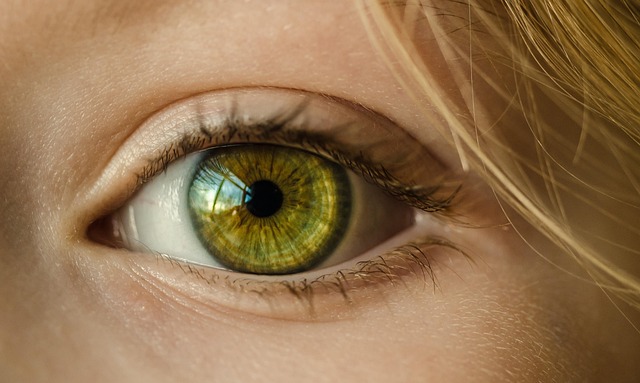Mastering Round Shapes: A Guide to Painting Circles and Curves
There is something inherently soothing about round shapes in art. Circles and curves carry a natural harmony and balance, inviting the eye to move effortlessly around the composition. For artists diving into the painting world, mastering these forms can elevate your work by bringing softness and fluidity to your pieces.
When you think of round shapes, consider the rhythm they create. Unlike harsh angles and straight lines, curves flow in a way that feels organic and alive. Capturing this essence involves more than just technical skill — it’s about connecting emotionally with the beauty of the shape itself.
Understanding the Importance of Circles and Curves
In the realm of Painting, curves often symbolize continuity and unity. They can suggest motion or rest, helping to tell a story without words. Some of the most captivating landscapes and portraits rely on round shapes to soften the mood and provide focal interest.
When you practice painting round forms, keep in mind that precision is important, but flexibility is the key. You don’t always need perfect circles; gentle, deliberate curves can evoke just as much emotion and can even add character and spontaneity to your work.
Tips for Painting Beautiful Round Shapes
- Start with loose sketches: Begin by lightly sketching basic circles or curves with a pencil. This will give you a foundation to work with without the pressure of making everything perfect right away.
- Choose the right brush: Round brushes are naturally suited for curves, offering control and fluidity. Experiment with different brush sizes to see what fits your style best.
- Use your wrist, not just fingers: To capture smooth round lines, move your whole wrist in a flowing motion. This prevents stiffness and helps create dynamic strokes.
- Layer and blend: Build up paint gently around curves, blending edges to avoid harsh lines unless that is your intent. Transparency and subtle transitions make curves appear more lifelike and gentle.
- Play with light and shadow: To give your circles and curves dimension, highlight the edges where light hits and deepen shadows on the opposite side. This will make the shapes pop off the canvas.
Finding Inspiration in Nature and Everyday Life
Nature is a master of round forms — think of the soft arch of a flower petal, the circular trail of a riverbend, or the orb of the sun and moon. Observing these subtle round shapes helps you bring authenticity and vitality to your paintings.
Even in urban settings, curves appear in architectural elements, vehicles, and everyday objects. Cultivating an eye for these shapes sharpens your ability to replicate or reinterpret them on your canvas with confidence.
Embracing Imperfection
Art is as much about expression as it is about accuracy. When you’re painting round shapes, embrace imperfections—they often add unique personality to your work. Instead of striving for mechanical perfection, focus on the feeling your curves evoke.
Ultimately, the journey of mastering circles and curves in Painting is one that also teaches you patience and mindfulness. Each brushstroke is a moment to connect with the fluid beauty of the world, captured through the timeless elegance of the round form.



